Into the Bog: Exploring Soomaa National Park, Estonia
The word “bog” might not inspire come-and-get-me travel fervor, but Estonia's Soomaa National Park blew Norman Miller’s preconceptions away the moment he arrived.
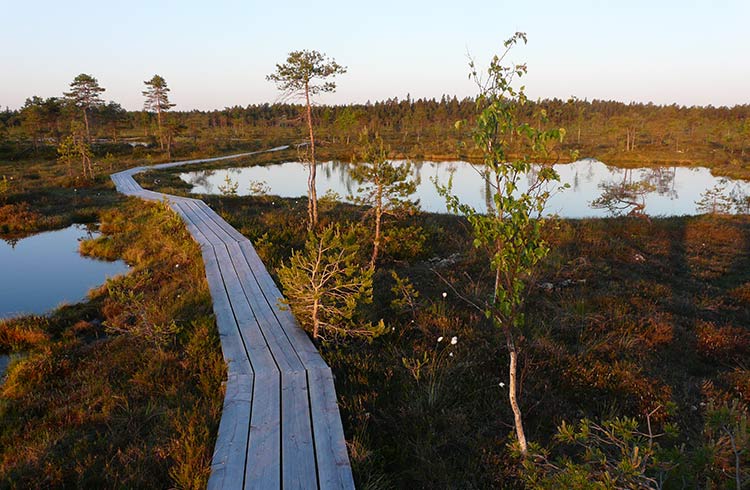 Photo © Norman Miller
Photo © Norman Miller
Around 90 miles (144km) south of Estonia's capital, Tallinn, Soomaa National Park is part of Europe's PAN Park initiative – a Protected Area Network that gathers a dozen of the continent's last wildernesses into beacons of sustainable tourism, from Portugal's Peneda-Gerês National Park in the south to Finland's Archipelago National Park in the north.
I've come not just to discover a natural side of Estonia utterly different to the history and culture of its beautiful capital, but specifically to challenge my own prejudices about the word 'bog'. If this place is considered one of Europe's most amazing wilderness areas, then I want to see it on foot and on water. There's a bonus too, Soomaa combines perfectly with a visit to Parnu – a seaside resort that sits just outside the park.
I arrive on a sunny late afternoon, and get up in darkness the next day to catch the Soomaa sunrise at Kuresoo bog, where my park guide Rait picks me up at 4am and leads me through pre-dawn woods. But the lack of sleep is worth it as I watch spindly trees become delicate silhouettes against a brightening dawn sky that slowly lights a landscape like none I've ever seen before. Climbing a tall viewing platform, I see black water pools below, woven into a web of boardwalks.
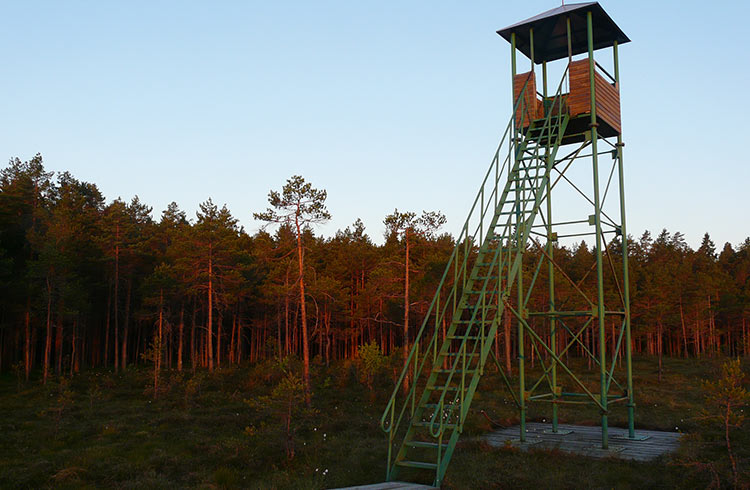
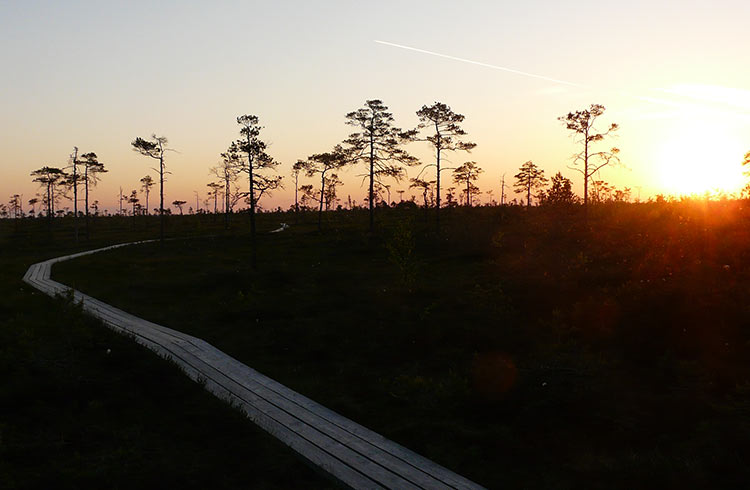
If you don't like the word bog, think of a spongey layer of fertile peat covering half the area in ancient layers up to seven meters thick. Elk, bears and wolves patrol the reed-lined river meadows. It's quiet here – as if the earth soaks up sound as well as water. And while peat can be pungent when burned as an ancient fuel, in its natural setting there is only a subtly pleasant smell of earthiness in the fresh air.
- The Changing Seasons
- Spooky Soomaa
- Cultural Beacons
- Hupassaare Trail
- Kayaking Beneath the Moonlight
- Trip Notes
The Changing Seasons
This varied landscape changes sharply through the seasons. Autumn (roughly September–November) brings a blaze of color, while winter (December–February) creates what my park guide Rait calls “the book of trails” with animal tracks delineated in snow. Wildflowers come to life in spring (late April–May).
I visit in summer (June–August), when Soomaa becomes a drowsy natural playground, ripe for gentle hikes and river swims. Although Estonians don't share the almost religious love of saunas of nearby Finland, sitting inside one of the park's wooden saunas is popular here, whether you choose to throw yourself in a river afterward or just grab a cooling beer. There is a popular traditional old wood smoke sauna at Karuskose by the River Raudna, plus two more at Riisa Rantso by the Halliste river, where I'm staying.
Soomaa also has its own unique “fifth season”. From late March into April, winter meltwater can raise rivers up to 16ft (5m), creating a remarkable water world where visitors can row above submerged roads or paddle among woodland trees. In olden times, when locals awoke and got their feet wet getting out of bed they would reputedly welcome this watery season with the cry: “Look! There’s a visitor in the room!”.
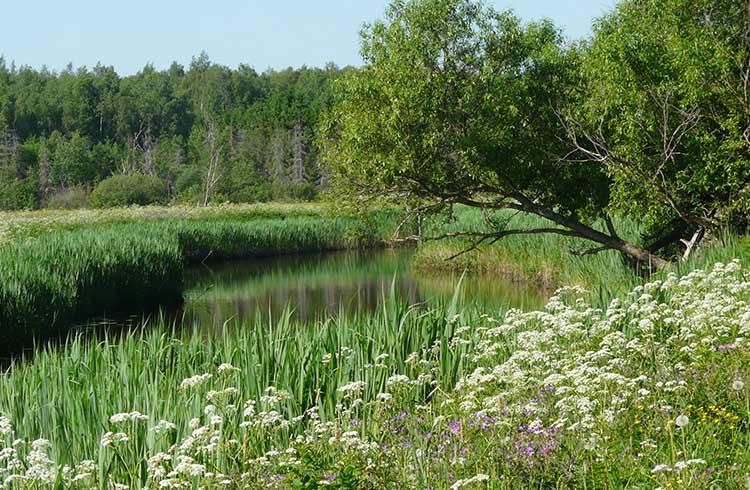
Spooky Soomaa
I'm here in July, during the park's warm, long northern days. It's hot enough that you might gaze at the park's dark water pools and consider a dip – but local folklore may make you consider cooling off in a river instead. This is because bogs and mires are ancient Estonian landscapes that were potent places for the imagination to conjure eerie superstition, while village 'witches' practiced in Soomaa well into the 20th century.
Some of the park's spooky superstitions probably stemmed from real-life phenomena people did not understand at the time. In midsummer, for example, glow-worms appear, their bodies shining at night. This was also when superstitious locals would venture out after dark to hunt the treasured fern flower, which only blooms in evenings around Midsummer Eve, and were reputed to bring the finder luck, invisibility – and the ability to understand animal speech. It is easy to imagine people in the past seeing the glimmer of glow worms and imagining them as the 'ghost lights' of spirits known as will-o'-the-wisps.
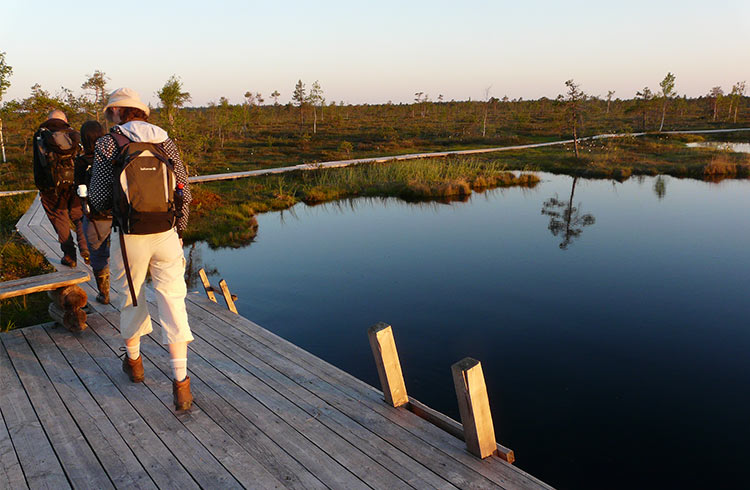
Cultural Beacons
But despite its creepy myths, people have lived in Soomaa for millennia, and I get a grounding in local history at the Tori Museum in the pretty village of the same name. The building is an old granary – a historic storehouse for grain used for bread – which became Estonia's first parish museum in 1934.
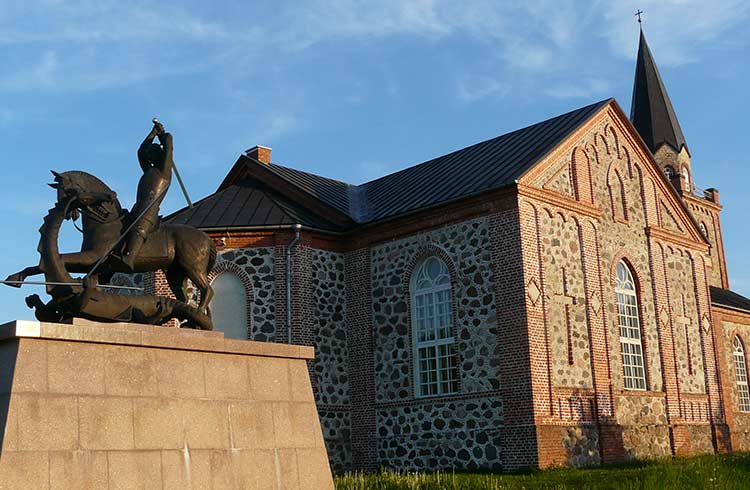
Exhibits range from vintage household goods to displays on the Soomaa tradition of carving single-tree dugout canoes (haabja) for use in fishing and hunting as well as speedy transportation.
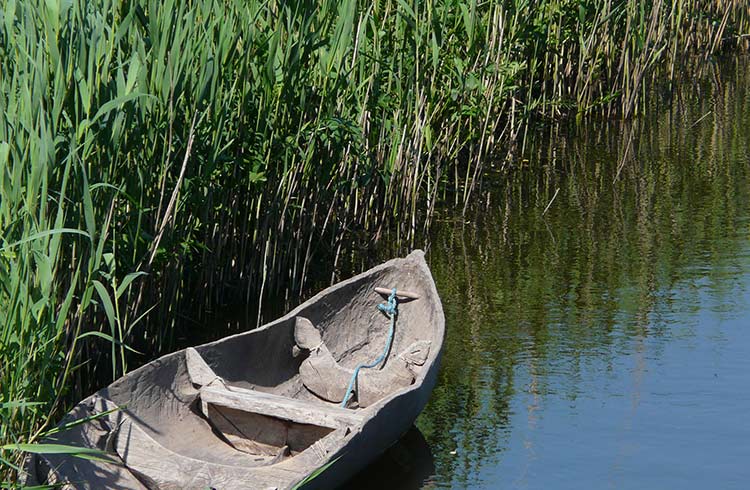
Hupassaare Trail
My park guide Rait drives me the 20mi (35km) from Tori to the tiny hamlet of Hüpassaare, home to a simple cottage celebrating one of Estonia's most celebrated composers, Mart Saar. He spent much of his life here, from birth in 1882 to passing in 1963, taking inspiration from the idyllic landscapes around.
Mart Saar's house is also start point for the Hupassaare trail, winding 3mi (5km) through wood and bog, where Rait hands me a pair of broad bog shoes – a little like giant tennis racquets for your feet – which allow us to head off the wooden boardwalks to actually walk on the springy moss carpet without damaging the delicate plant life.
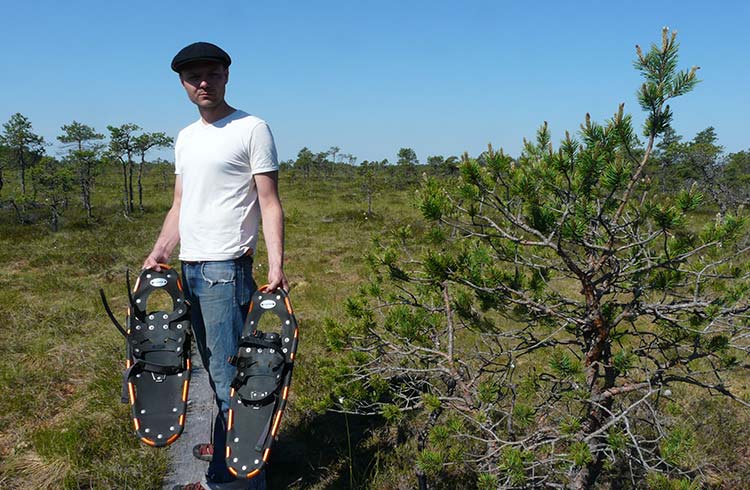
Rait explains that bog shoes go back centuries to when the area's past residents improvised similar footwear to traverse their landscape – though their primary concern was being sucked into the mire rather than saving the ecology.
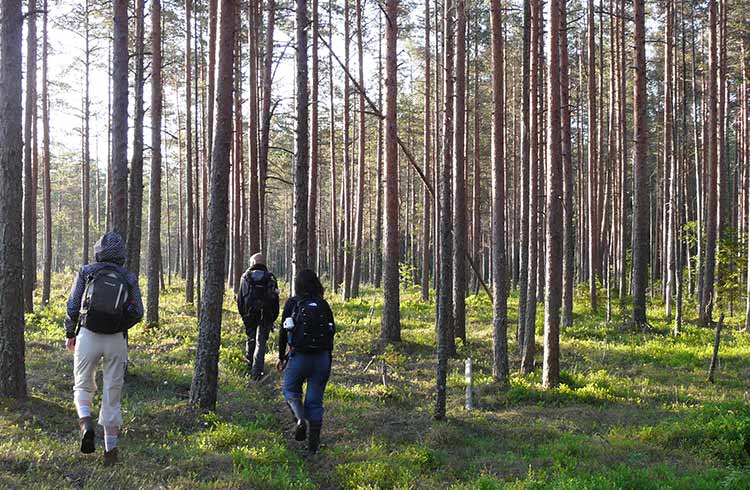
The full-length of the trail reaches into the Kuresoo bog where I had enjoyed my first sunrise in the park, but we opt for a circular route that takes in meadow, forest nurtured on rich drained peatland plus a bog island reached by a stretch of boardwalk. Along the way, Rait points out some of the berries loved by foragers in these parts, such as cranberries and cloudberries.
Kayaking Beneath the Moonlight
As a break from the bog landscape, we take a walk along the Lemmjogi River Spit Forest Trail. Rait and I navigate this old river forest landscape for 3mi (4.6km), where the woody wildness is broken up by a floodplain meadow bordering the Raudna river, as well as the meeting point of the Raudna and Lemmjõgi rivers.
The main wildlife highlight here – and perhaps the park – is the evidence of Soomaa's beaver population, their presence everywhere in the gnawed bases of fallen trunks strewn along the trail.
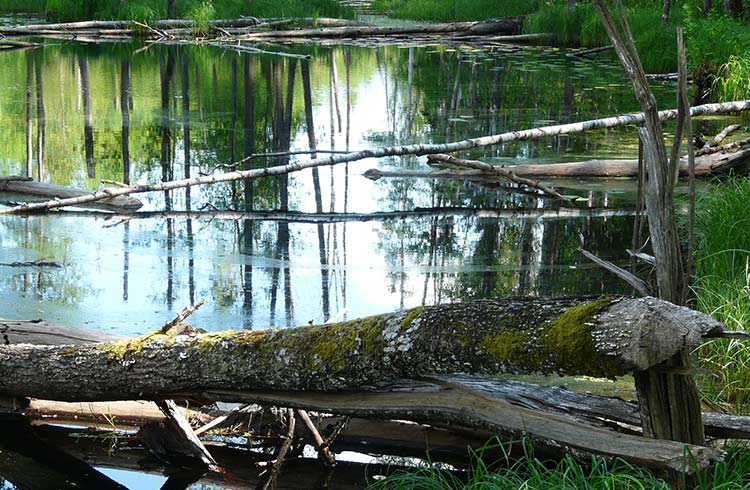
To try and get closer to these woodland engineers, I get in a canoe for an evening beaver safari. Setting off around 8pm, I glide down the River Raudna, listening for the tell-tale 'ploop' of submerging beavers. And even though I see little other than imagined flashes of fur, I am rapt by the tranquility as I paddle beneath the night sky on a warm summer evening.
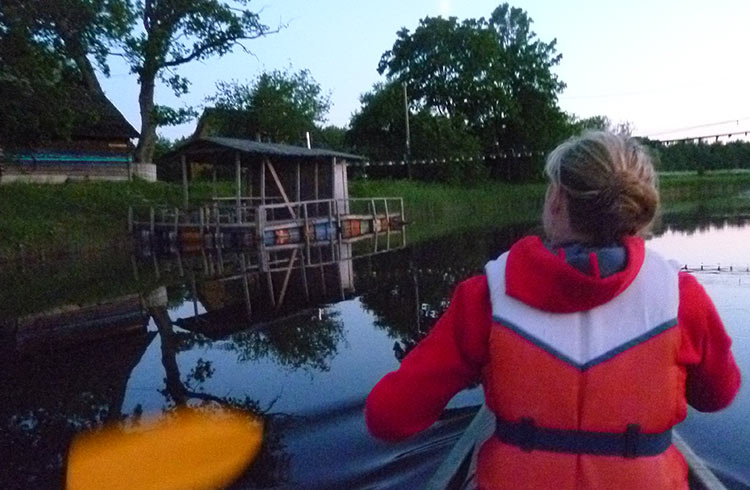
Time rather than distance marks the trip, so I don't know how far I have come. But my watch tells me it’s approaching midnight as I ground my boat on the reedy bank by a brightly painted floating sauna, where I see tall poles marked by past “fifth season” high water marks.
Surrounding the sauna, a flower meadow shimmers under a half moon, and the air is heavy with the scent of wildflowers amid utter silence. There's no doubt about it – this bog is beautiful.
Trip Notes
Booking accommodation
There are a range of accommodation options around Soomaa, from guesthouses to log cabins and tents. I stayed at the homely Klaara-Manni Guesthouse near Tori, and the Riisa Rantso/Ranch by the Halliste river at the heart of the park. At Riisa Ranch visitors can hire bikes, boats, and enjoy a steam in the sauna.
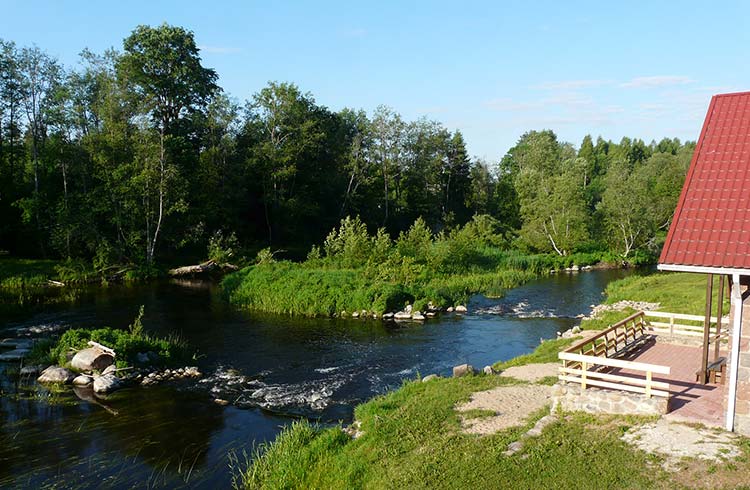
Getting around
You can hire a car in Tallinn to drive all the way from the capital – but be sure to set any GPS in the vehicle to list unsealed roads, as many of Soomaa’s access roads are dirt.
If you don't want to drive, you can take an intercity bus from Tallinn to the seaside resort of Parnu just outside the park, and then take a local bus from there to Tori.
Once in the park there are multiple trips you can book with local companies including guided hiking and canoeing. For more information, visit Soomaa.com or Estonia’s official tourist information website.
Related articles
Simple and flexible travel insurance
You can buy at home or while traveling, and claim online from anywhere in the world. With 150+ adventure activities covered and 24/7 emergency assistance.
Get a quote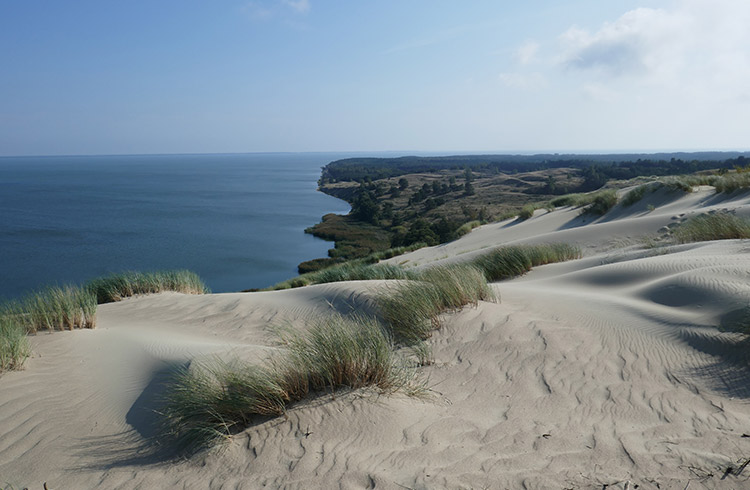

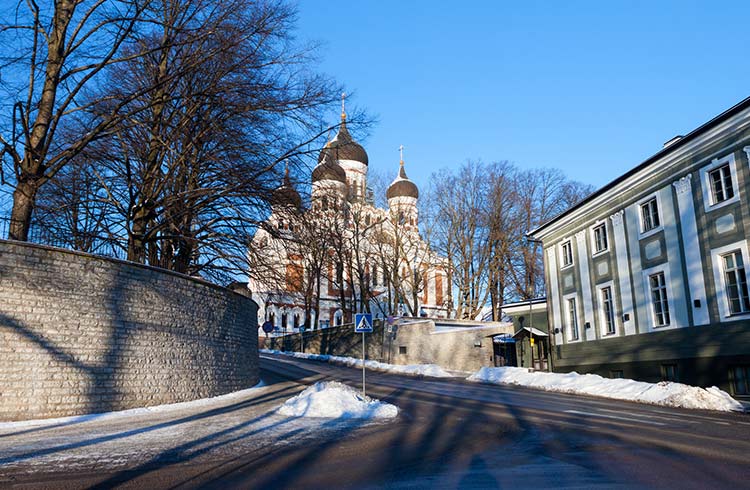
No Comments